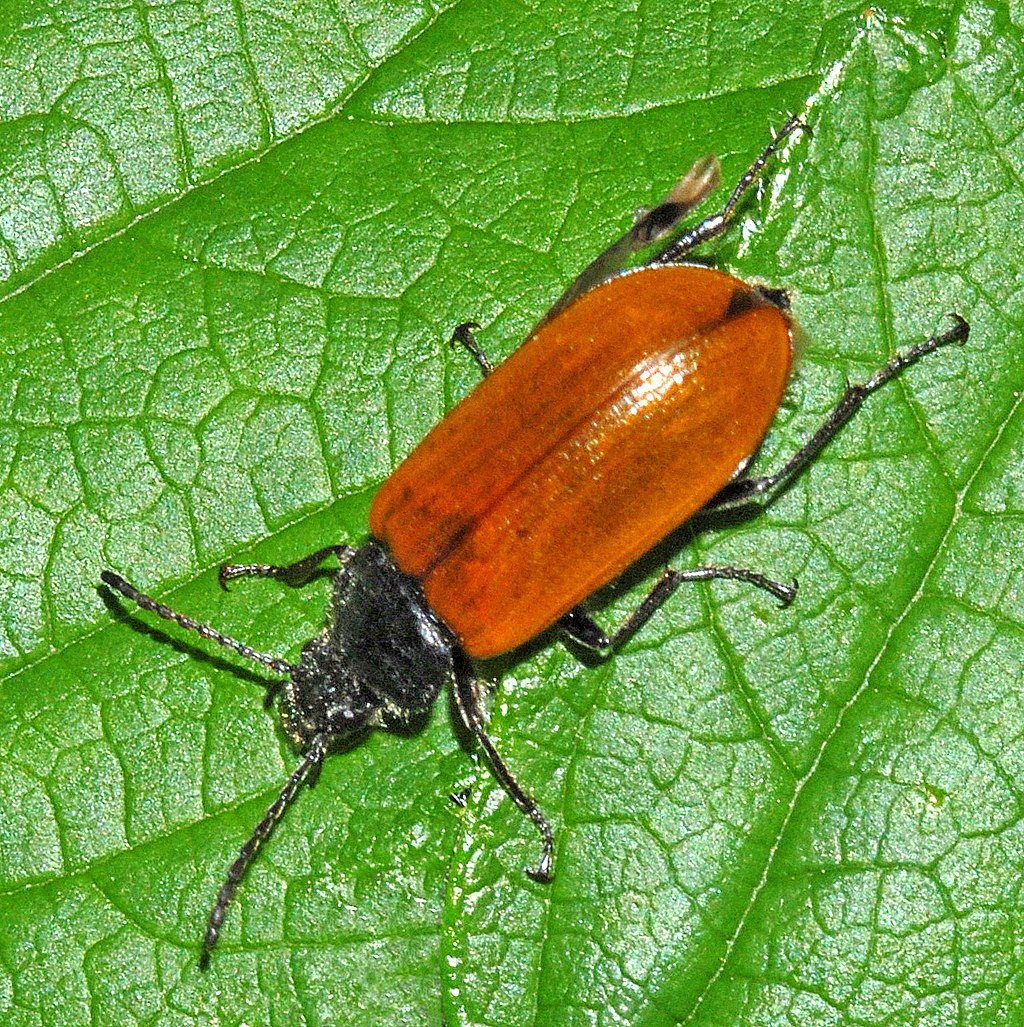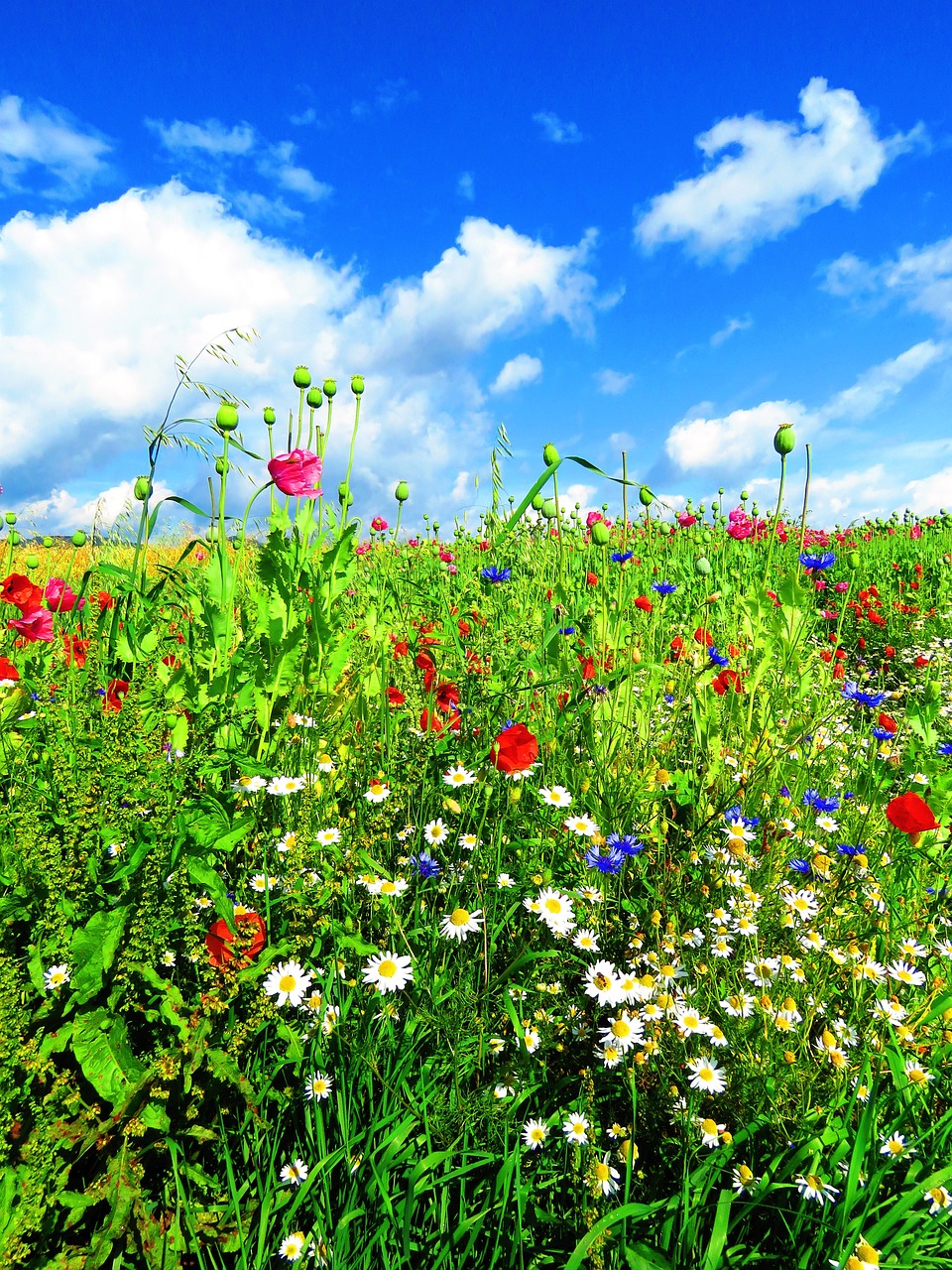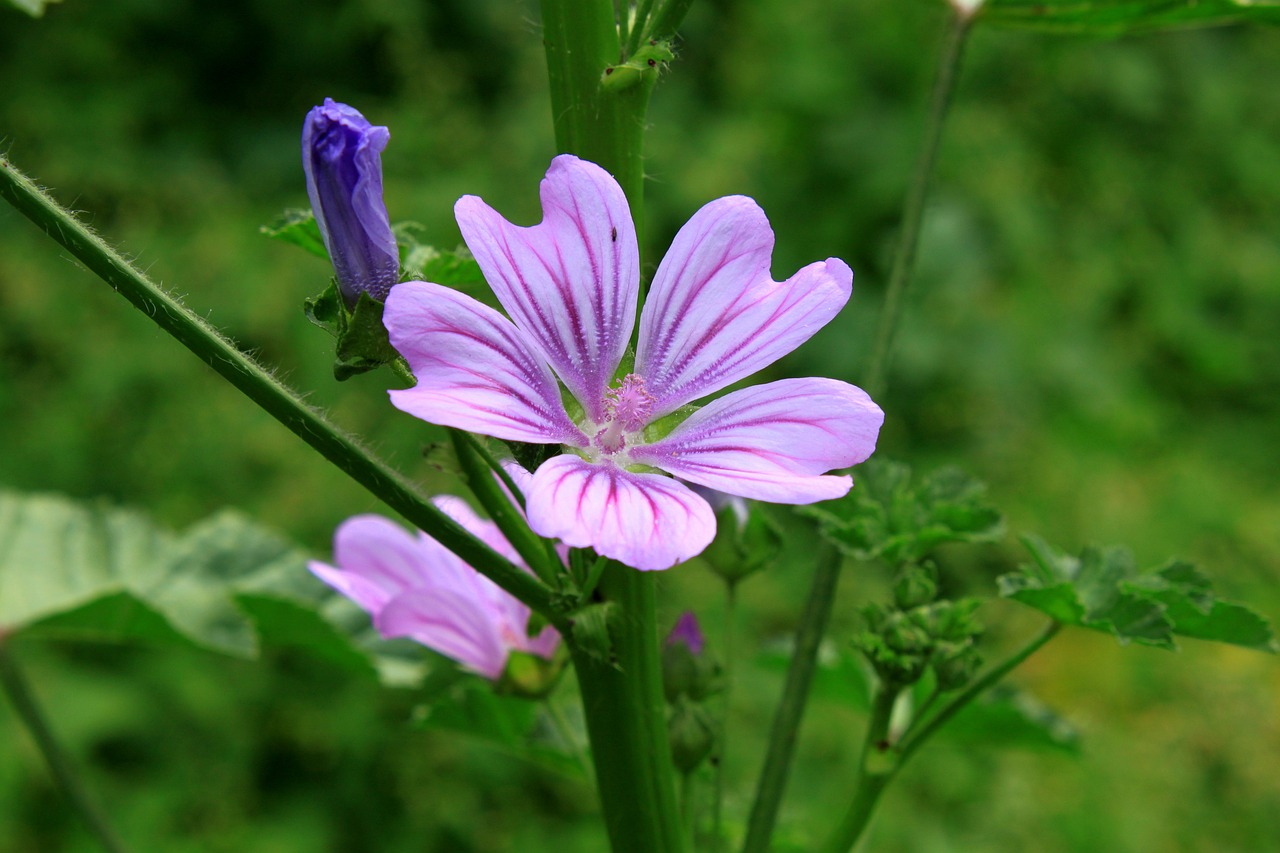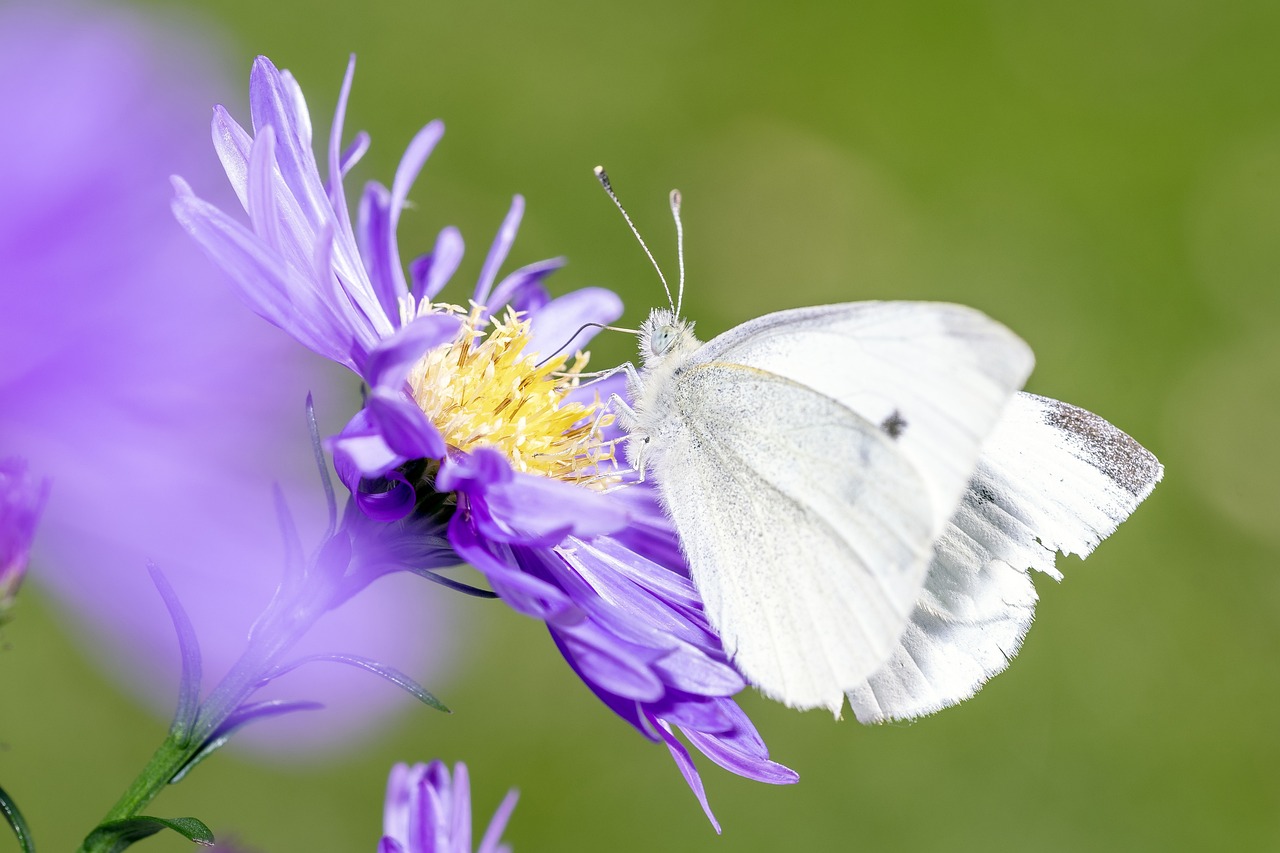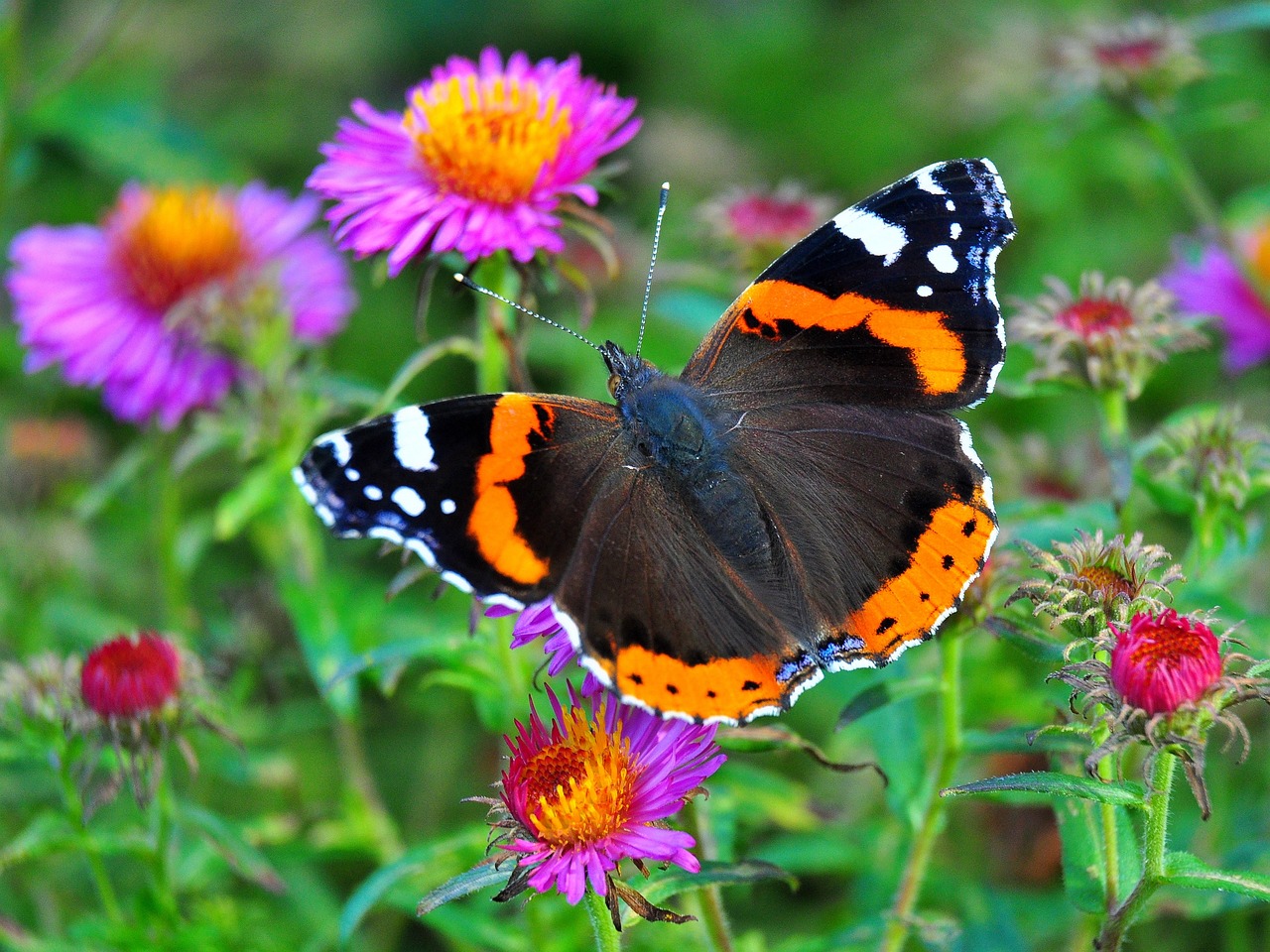Omophlus lepturoides A reddish beetle
lifepollinaction2024-12-10T10:49:51+01:00Omophlus lepturoides A reddish beetle Omophlus lepturoides is a beetle with an elongated body, with a black head and elytra (that is, the front wings) of a beautiful reddish brown color, finely dotted. The body length is 11-16 mm. This beetle lives in the Mediterranean maquis and in general in dry and open environments. The adults feed on flowers , pollen and nectar, while the larvae live in the soil at the expense of roots and tubers of various herbaceous plants. These insects are often seen in large numbers, flying with ease from flower to flower. Did you know? Omophlus [...]


